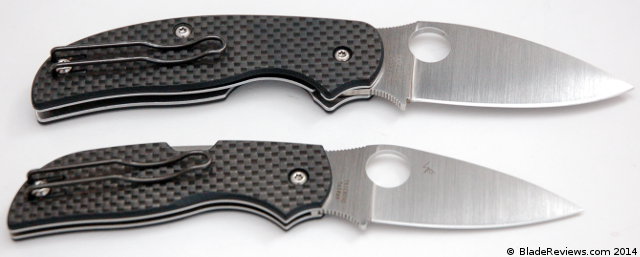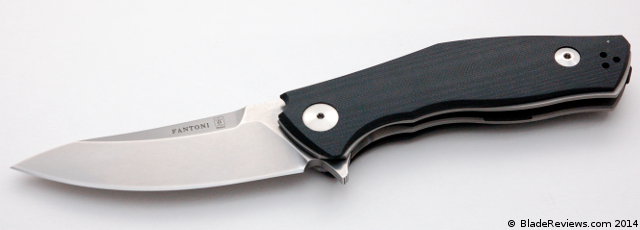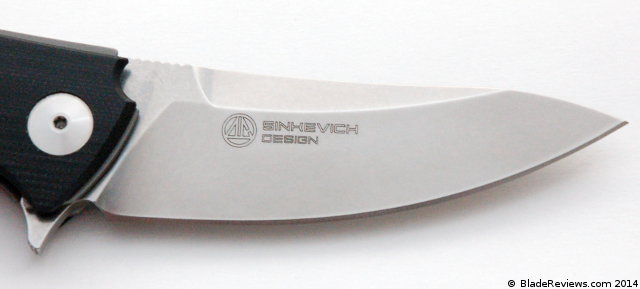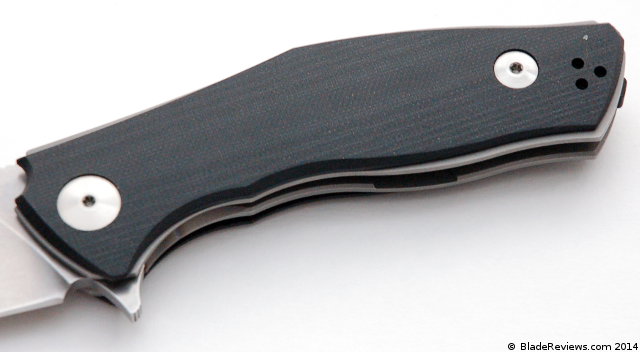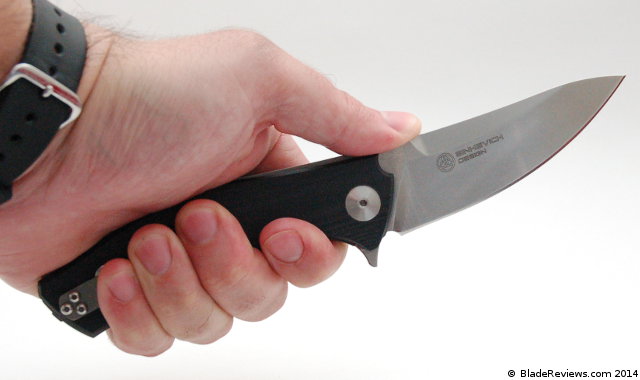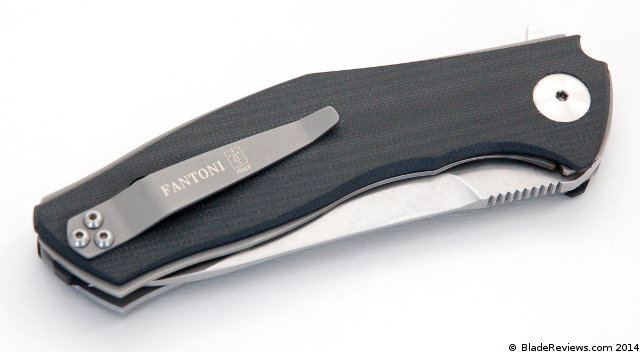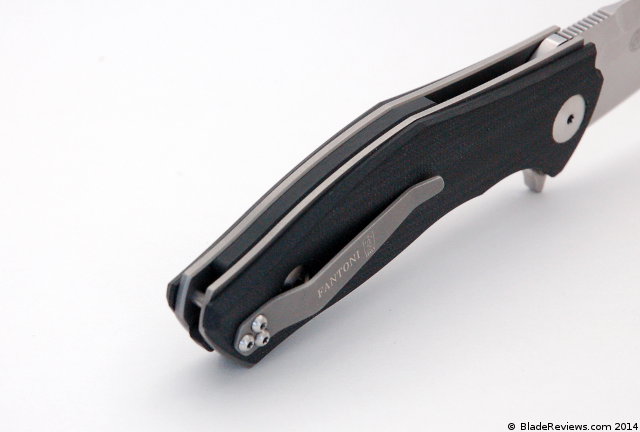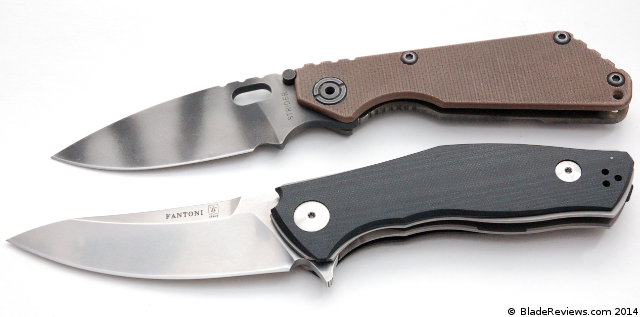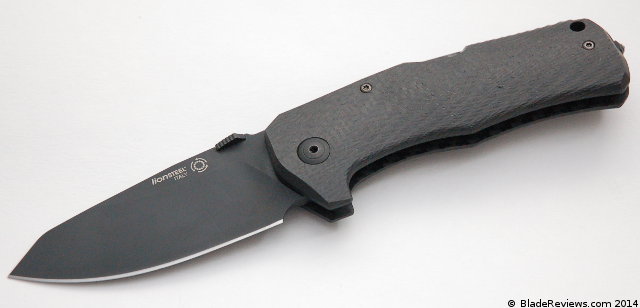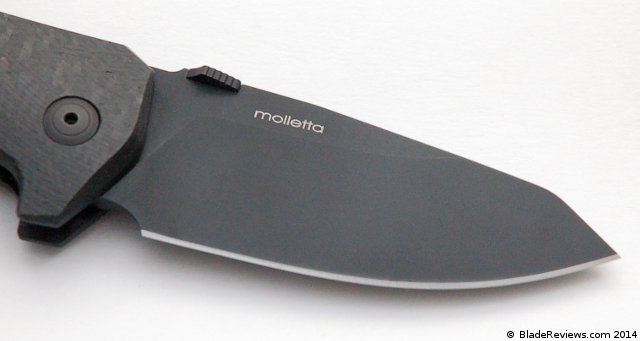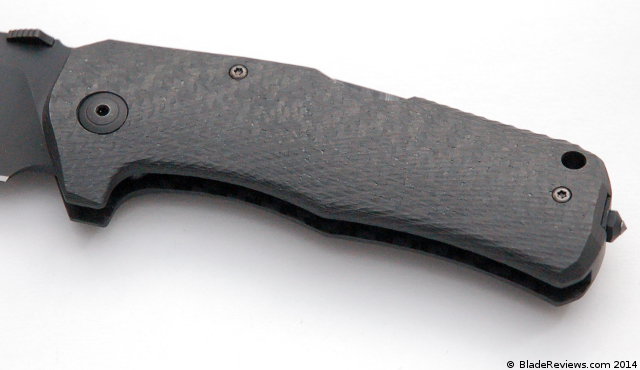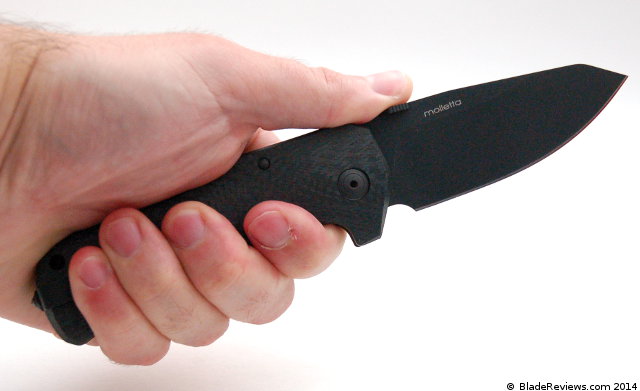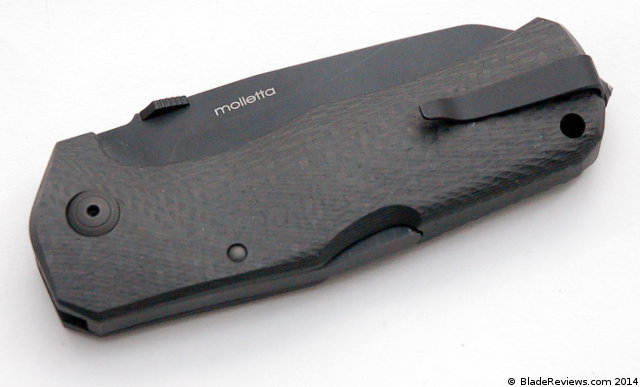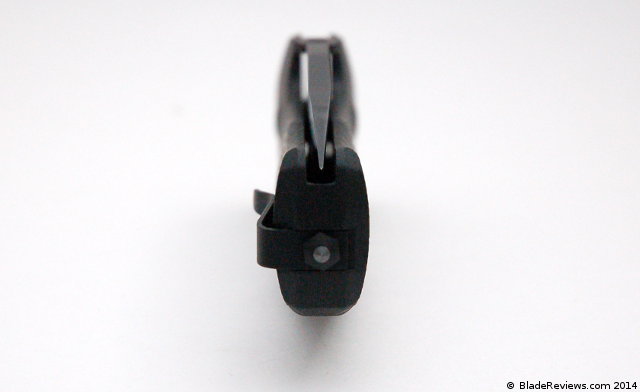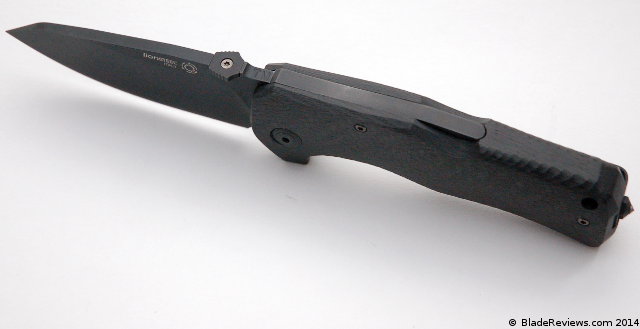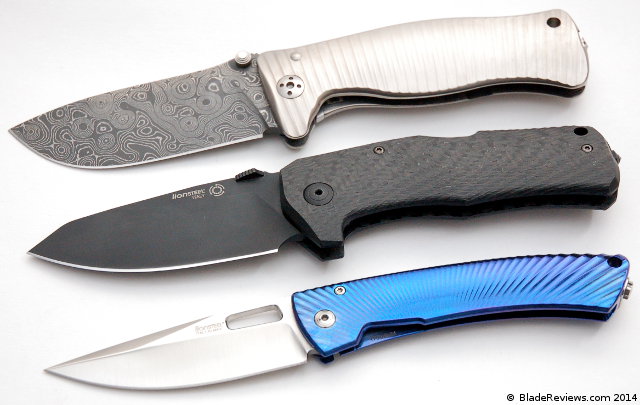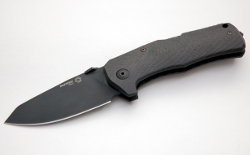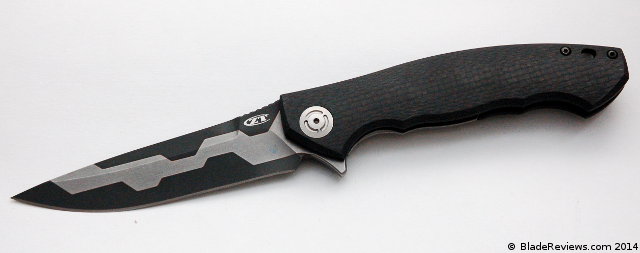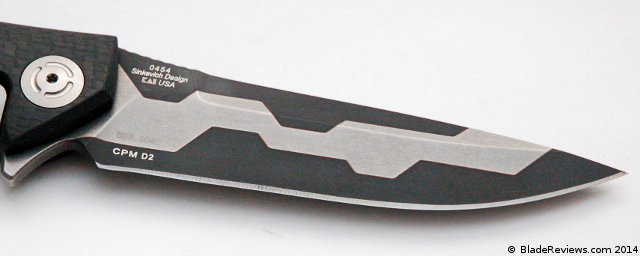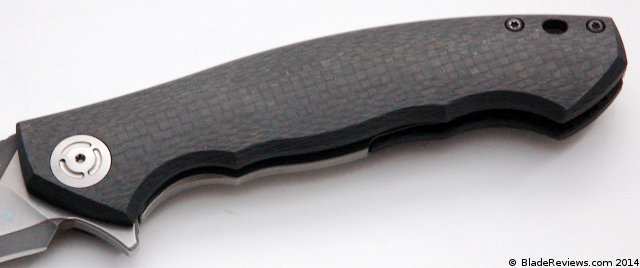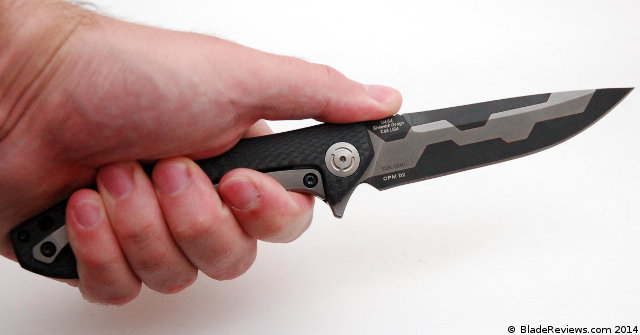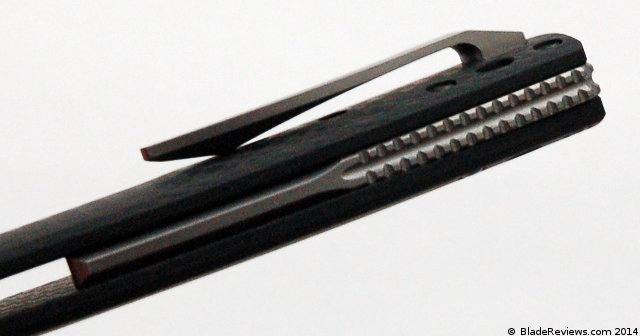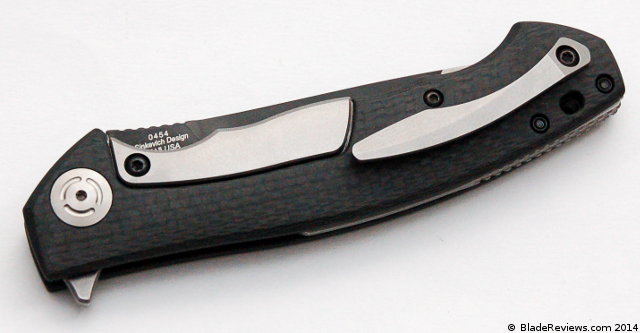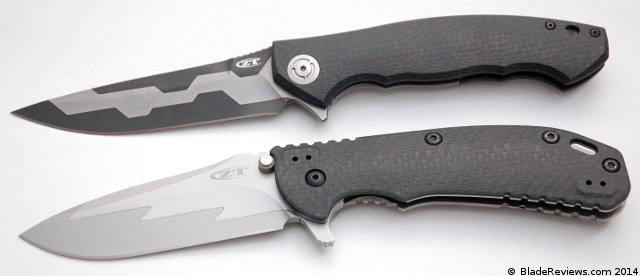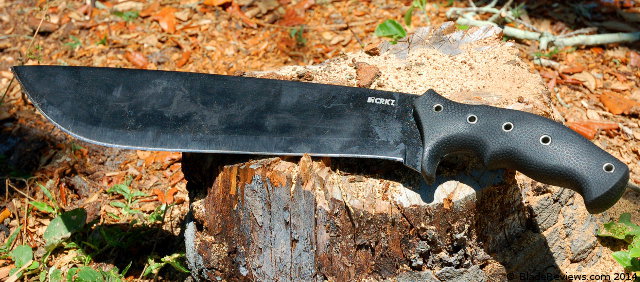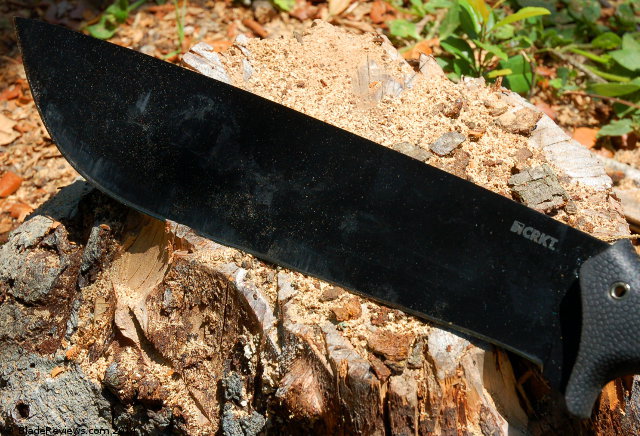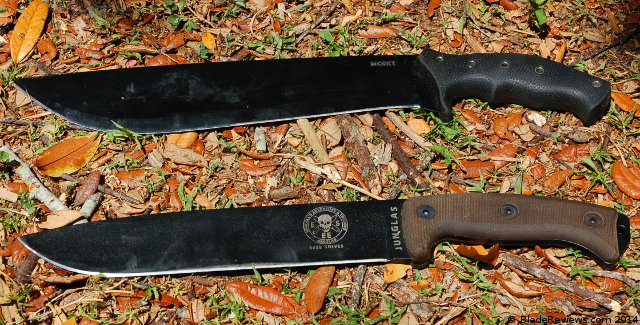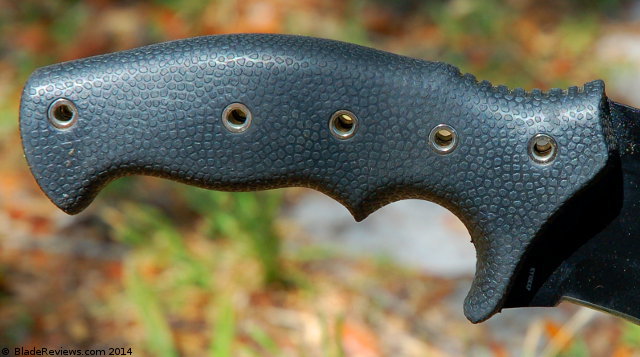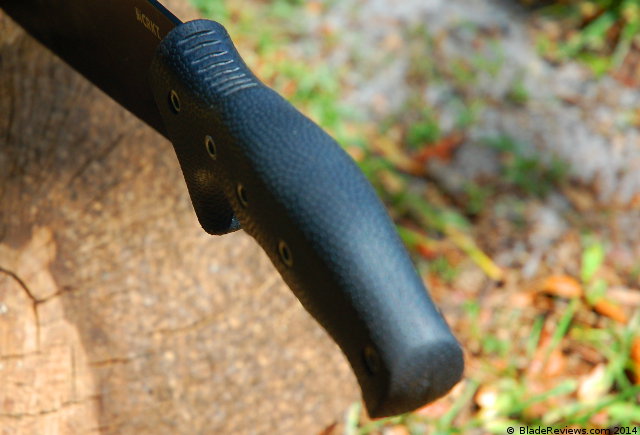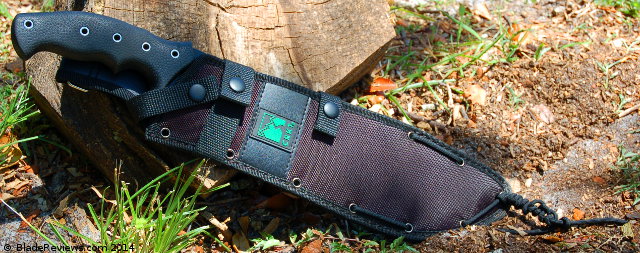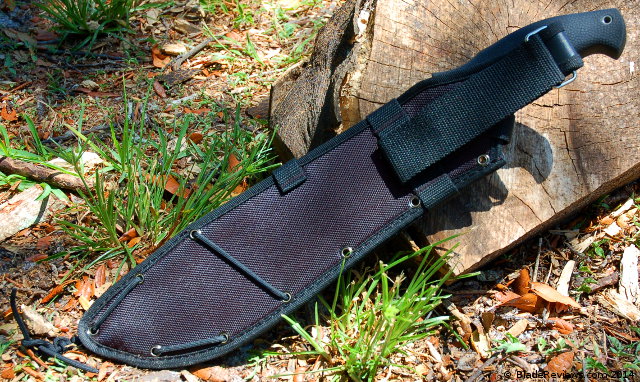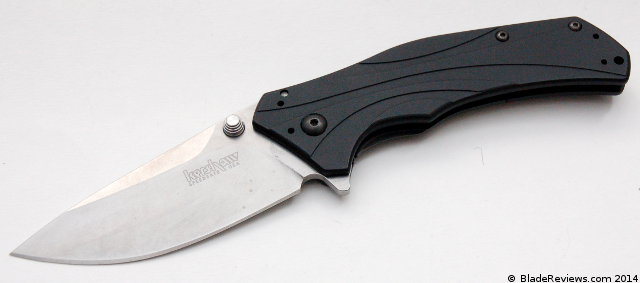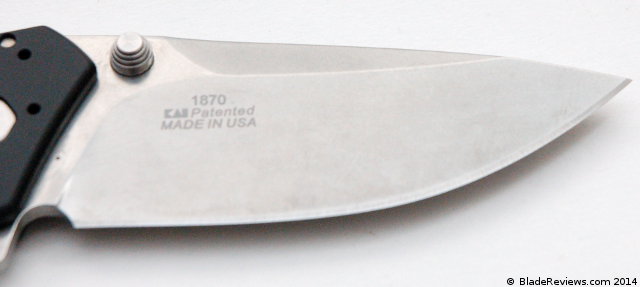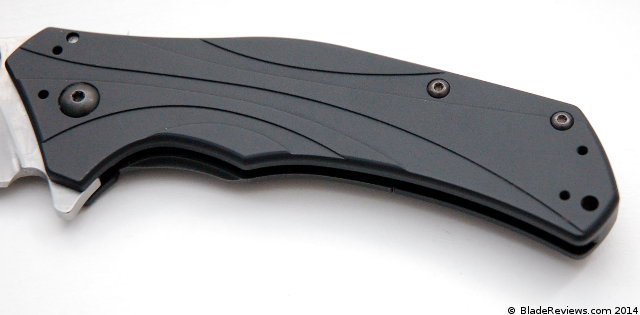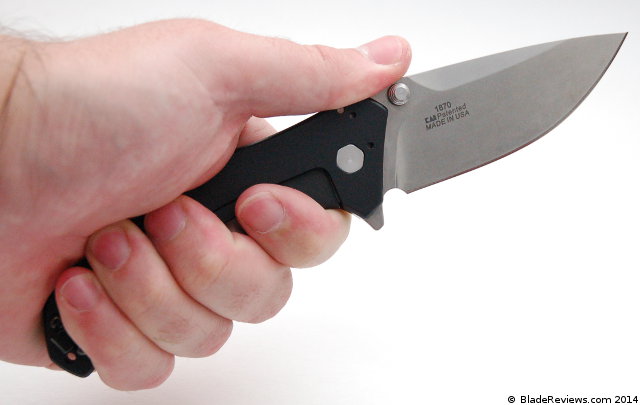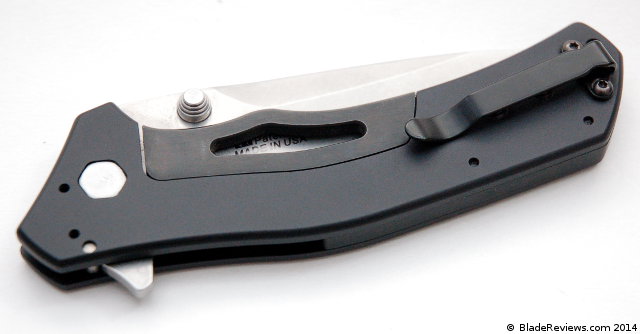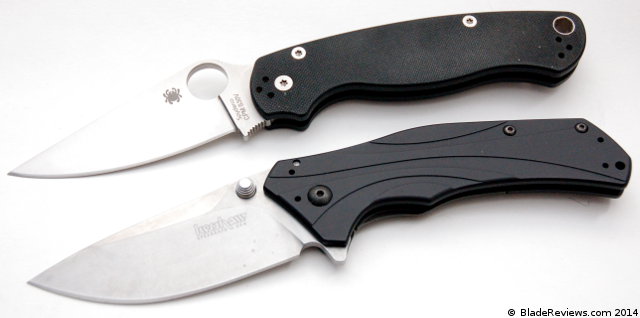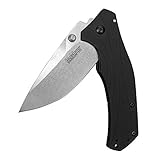Last Updated: September 28, 2017
They say that a good way to measure the quality of a production knife is to take it apart and then put it back together. A high quality knife will come back together just as easily as it comes apart.
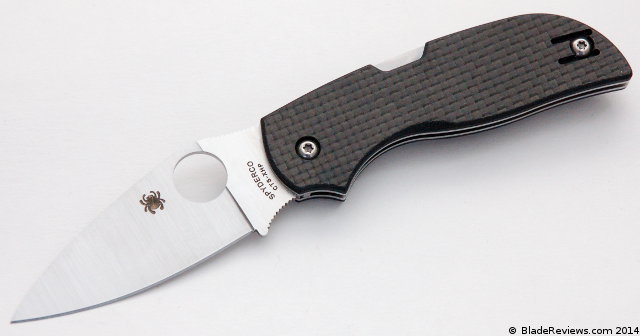
Buy the Spyderco Chaparral at BladeHQ
I recently took apart my Spyderco Sage 1. I have sung praises about the Sage 1 for years now, even going so far as to call it the “perfect EDC knife”. Whether the knife is “perfect” or not is debatable, but I have really enjoyed the Sage and it has remained in my collection for years now. But the action of my Sage had gotten pretty stiff. It was obvious to me that the pivot had become caked with dirt and the knife could use a good cleaning. I popped the Sage apart, and spent a good 15 minutes cleaning and oiling all the pieces. The knife came back together without a hitch, and the blade fell dead center as I gave the pivot a final twist. The action is smoother than it ever was. This, my friends, is still an excellent knife.
Which leads me to today’s topic of conversation, the Spyderco Chaparral. It shares many similarities to my beloved Sage 1: The profile is near identical, both knives have faux carbon fiber scales and a wire pocket clip, and both made in Taichung Taiwan.
The biggest difference is the size. The Chapparal is about an inch shorter in overall length, but the blade is less than a quarter of an inch shorter. Of course you also have different steel and different locking mechanisms, but in many ways the Chapparal can be seen as sort of a mini Sage 1.
As I’ve matured I have grown to appreciate a smaller knife for my kind of EDC needs. Could the concept of the “perfect EDC” be a moving target? Could the Chaparral usurp my fabled Sage 1 as best and brightest?
General Dimensions and Blade Details
The Chaparral has an overall length of 6.375″, has a 2.812″ blade and weighs 2.5 ounces. Next to my Spyderco Sage 1, with its 3″ blade, the Chaparral is significantly smaller in every dimension. This knife is imminently pocketable and works just as well with jeans and a t-shirt or slacks and a tie. For those seeking a smaller pocket knife in the Spyderco lineup, but don’t want to go all the way down to a Dragonfly, the Chaparral fills the niche. Having owned both the Sage 1 and this Chaparral I personally prefer the size of Chaparral for office use.
The blade is a classic Spyderco leaf shape, complete with full flat grind. This blade shape has proven itself to me many times over, but what I especially like about the Chaparral’s blade is the 2mm thick blade. This is a relatively thin piece of stock that has been ground even thinner. This is a very slicey knife, and I really like that. This wouldn’t be my first choice to pry open an ammo crate, but its a great choice for cutting stuff. Especially stuff that you come across in the general suburban EDC context.
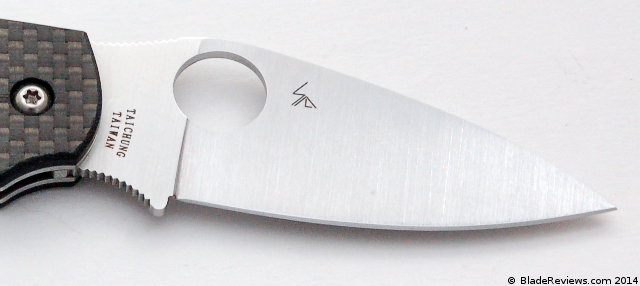
Spyderco selected Carpenter CTS-XHP stainless steel for the blade material. I have had some experience with CTS-XHP with my Spyderco Domino which oddly enough was the last Spyderco knife I have reviewed. This is a nice steel and I am glad Spyderco is rolling it out on more products. It has good edge retention, and decent corrosion resistance, but it’s surprisingly easy to sharpen and takes a very fine edge. Apparently these originally come in S30V, which is what my Sage 1 is equipped with. The S30V on my Sage 1 can be a little stubborn to get super sharp, so I think the upgrade to CTS-XHP was a smart one.
Handle, Ergonomics and Pocket Clip
The handle of the Chaparral is faux carbon fiber over full stainless steel liners. The carbon fiber has a quilted feel, providing just enough texture. The liners have been skelotonized to keep the weight down. Fit and finish of the handle is very tight, like all of the other Taichung Taiwan Spydercos that I have examined, with crisp lines, a flush backspacer, and polished steel. I like how Spyderco has only 2 exterior bolts showing; one at the pivot and the other securing the pocket clip (and rest of the handle) together. Underneath the scale there a couple hidden screws and even an internal stop pin – interesting construction for a lockback knife.
Spyderco also offers the Chaparral in a couple titanium handled variants. These retail for $200 and $300. Personally I purchased the Chapparal as a user, and had no problem with faux carbon fiber, but I want to acknowledge the fact that other more expensive versions of the knife do exist.
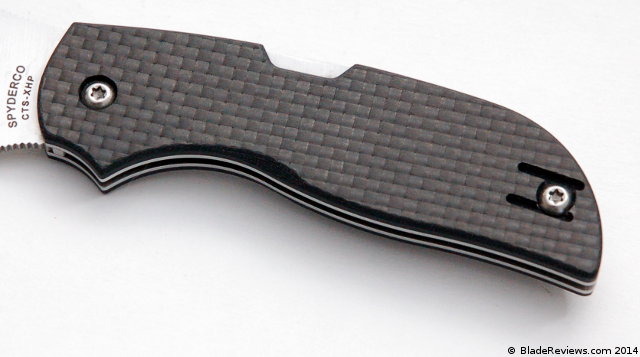
In hand the Chaparral feels like a Spyderco. The handle is unassuming yet receptive. The “50/50″ choil accepts the forefinger without issue and affords a very comfortable grip for an under 3” blade. The jimping on the spine grabs the skin of your thumb without irritating it. Spyderco has made a name for themselves designing “little big knives” so I am not surprised that the ergos are on point. Frankly, Spyderco probably considers the Chaparral a medium size knife in their lineup. There is plenty of room here to get work done and the ergonomics of the Chaparral are as thoughtful and refined as you would expect from any other knife designed by Sal Glesser.
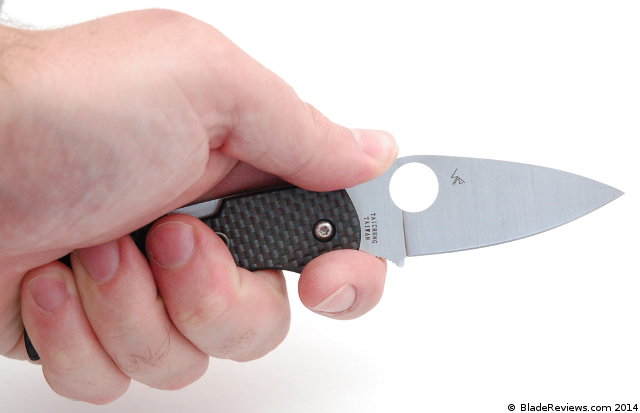
Spyderco went with their wire clip for the Chaparral – the same clip found on the good ole Sage 1. This is a proven clip design. I noticed the clip on my Sage 1 loosen over time. I thought that was the metal losing its spring tension for some reason, but it turns out that all I needed to do was tighten down the pocket clip screw. This clip is discrete and it buries the Chaparral deeply. I can get away with clipping this knife to a pair of dark slacks if I want to and most people wouldn’t give the clip a second thought. Spyderco set this knife up to accommodate ambidextrous tip up carry, and I think that is a nice compromise between form and function.
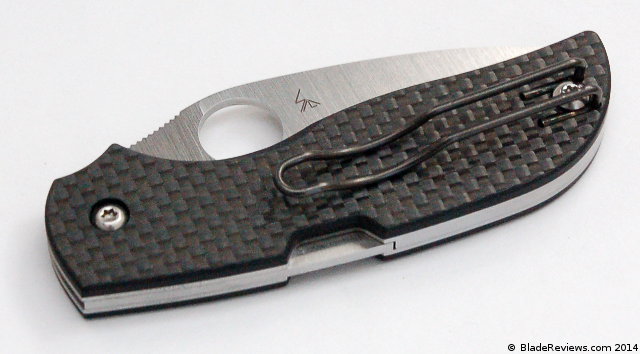
Deployment and Lockup
It should come as no surprise that the Chaparral features a thumb hole. It is sharp and catches the thumb easily. The spring on the lockback is sturdy, and the action is smooth, although if I put any lateral pressure on the blade when opening I detect a faint grinding sound near the pivot. There are very thin phosphor bronze washers inside that can’t be seen unless you take the knife apart.
Lockup on the Chaparral is very sturdy. As I mentioned before, there is an internal stop pin that prevents the up and down flex you often get with lockbacks. This is similar in concept to the tri-ad lock Cold Steel uses, and it makes for a very solid lockup. The lockbar is a little sharp and the spring is strong, so this is not a knife you will idly open and close for hours on end, but it works well and is satisfying to open and close.
Spyderco Chaparral Review – Final Thoughts
I think the Chaparral is a great little knife. I may be a bit biased because I enjoy my Sage 1 so much, but the Chaparral seems to tick a lot of boxes for me. Small, slim, well made and carefully designed, the Chaparral is a sleeper EDC knife that straddles the gap between Dragonfly and Spyderco’s 3″ bladed offerings (of which there are several). I can’t find much to fault with this one; certainly not the performance. It’s an excellent cutter and vanishes in the pocket. It’s nice that the knife is fully ambidextrous as well.
Is it “better” than my Sage 1? Is it the “perfect EDC knife”? It could be, depending on who you are and what your preferences are. I will always have a soft spot for my Sage 1. Now that I cleaned it out the knife is just uber smooth, and the blade pretty much falls shut on its own after releasing the liner lock. For my needs the Chaparral is plenty of knife, but I love the smooth action of the Sage and the convenience of a liner lock. Both are worthy buys, and I don’t think the Sage 1 is ever leaving my collection.
If you are interested in the Chaparral or are looking for a small “do it all” EDC knife that doesn’t sacrifice blade steel or ergonomics then I recommend it.
- Superior Blade Material: Crafted with a 2.80-inch CTS XHP stainless steel blade, renowned for its exceptional edge retention and corrosion resistance, ideal for a variety of cutting tasks.
- Elegant and Functional Design: Features a black carbon fiber laminate handle, providing a sophisticated look while ensuring durability and comfortable handling.
- Precision Cutting Performance: Blade is full-flat ground with a plain edge, offering optimal cutting performance and non-skid jimping on spine and choil for enhanced control.
- Compact and Lightweight: With an overall length of 6.38 inches when open, and a weight of just 2.50 oz, this knife is designed for easy everyday carry and use.
- Versatile and User-Friendly: Accommodates both right and left-handed users, making it a practical choice for a wide range of individuals.
I recommend buying the Chaparral at Amazon or BladeHQ. Please consider that purchasing anything through any of the links on this website helps support BladeReviews.com, and keeps the site going. As always, any and all support is greatly appreciated. Thank you very much.
